“Super Earth” discovered by NASA’s TESS nearly 100 light years away from Earth
An Earth-like exoplanet has been discovered by NASA’s Transiting Exoplanet Survey Satellite millions of light years away from Earth.
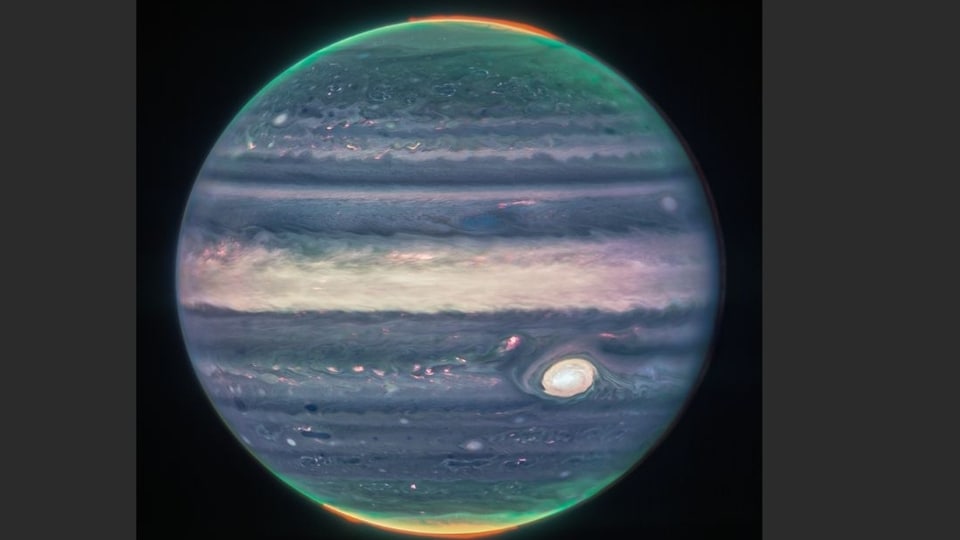
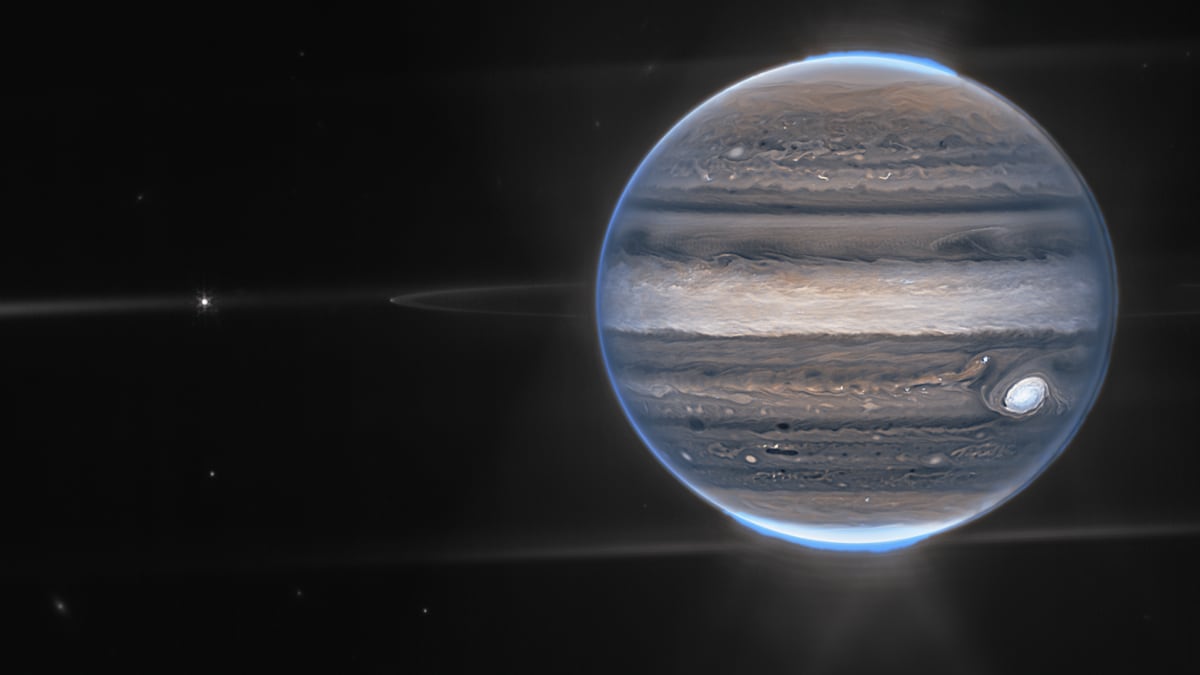
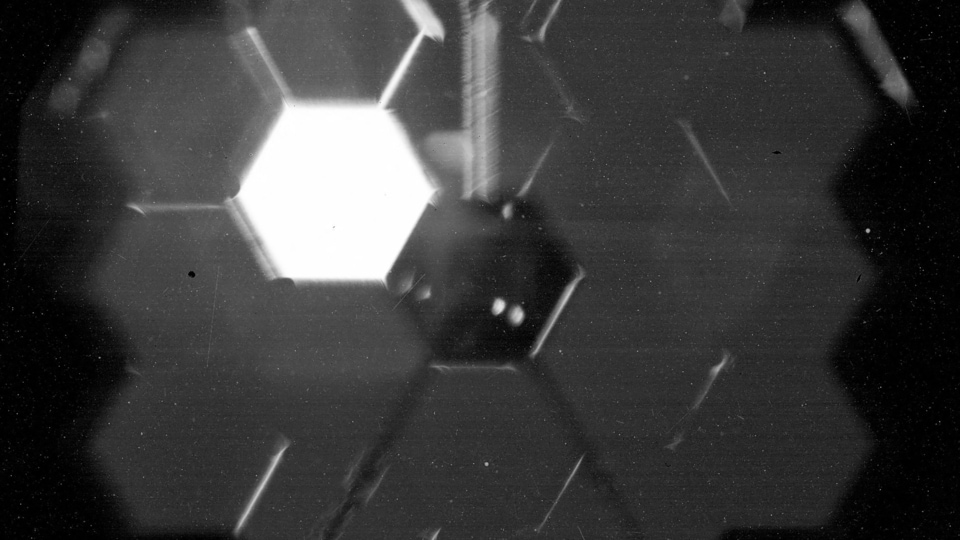
_1661230453587.jpg)
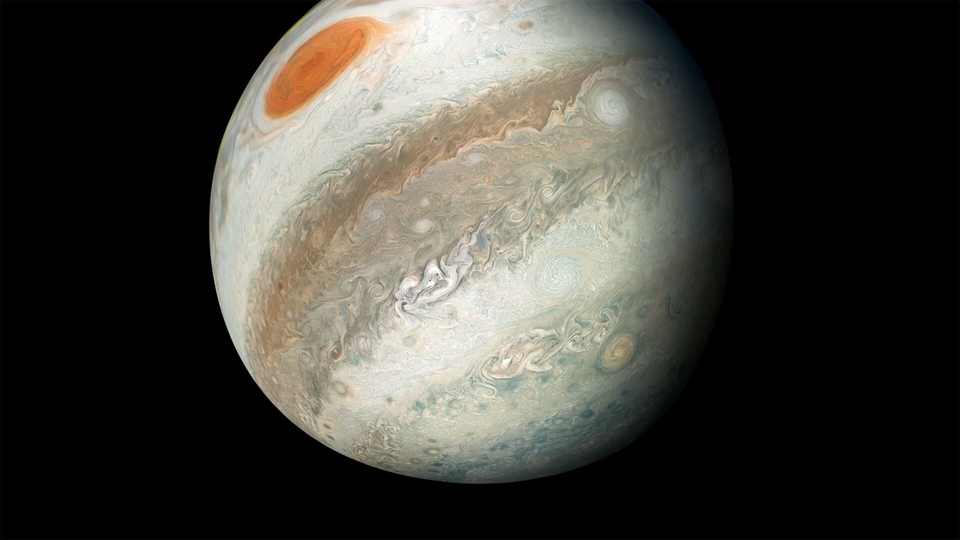
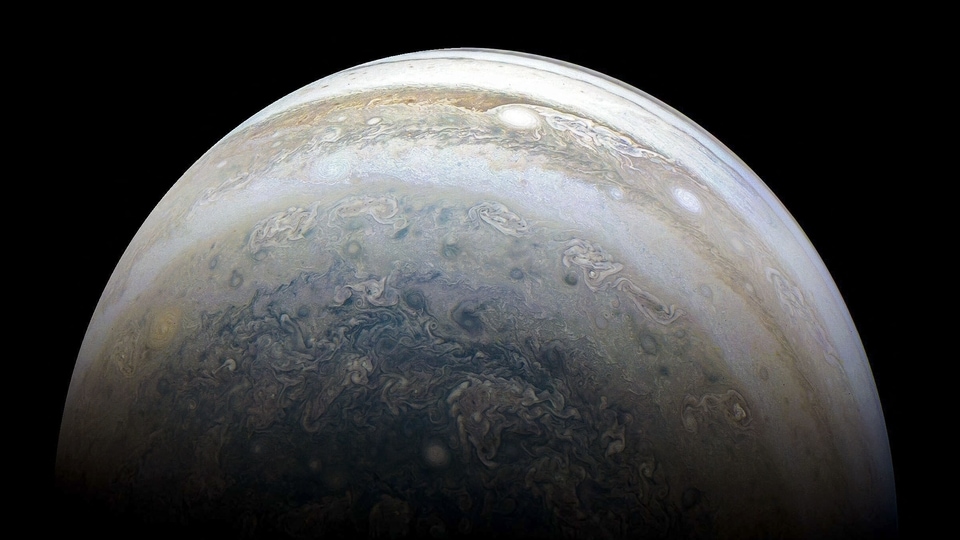

 View all Images
View all ImagesHumans have been on the hunt for an Earth-like planet for decades. Space agencies like NASA, ISRO, CNSA and ESA use their extensive resources to search for potential planets which could support life one day should the need to ever leave Earth arise. Although there are more planets in the Universe than you could ever imagine, they all have one substance missing which makes our Blue Planet so unique – Water, which is the elixir of life behind every living being on planet Earth.
To search for habitable planets which could potentially support life, NASA launched its Transiting Exoplanet Survey Satellite (TESS) on April 18, 2018. According to NASA, TESS is an all-sky survey mission that will discover thousands of exoplanets around nearby bright stars. Although TESS had already found numerous exoplanets since its launch, it had not been able to find one similar to Earth, that is until last month.
NASA's TESS find “Super Earth” with water presence
Scientists made an astonishing announcement on August 24 that NASA's TESS had found a “Super Earth” exoplanet which was blanketed by water on its surface. According to a study published in the Astronomical Journal, this exoplanet, named TOI-1452 b, is located nearly 100 million light years away from Earth. The discovery was made by a team of astronomers at the Université de Montréal in Canada. According to the team the exoplanet TOI-1452 b is far enough from its star to potentially support life. The exoplanet's adequate distance from its star could mean the planet has a mild climate, making it the perfect conditions for life to originate and thrive.
Charles Cadieux, lead author of the study said in a press release on August 24,” TOI-1452 b is one of the best candidates for an ocean planet that we have found to date. Its radius and mass suggest a much lower density than what one would expect for a planet that is basically made up of metal and rock, like Earth.”
This discovery comes at a perfect time for scientists as the James Webb Space Telescope (JWST) can help them study this rare exoplanet. René Doyon, director of the University of Montréal's iREx and a member of the team responsible for management of one of the equipment on the JWST said, “Our observations with the Webb Telescope will be essential to better understanding TOI-1452 b. As soon as we can, we will book time on Webb to observe this strange and wonderful world.”
Catch all the Latest Tech News, Mobile News, Laptop News, Gaming news, Wearables News , How To News, also keep up with us on Whatsapp channel,Twitter, Facebook, Google News, and Instagram. For our latest videos, subscribe to our YouTube channel.
































